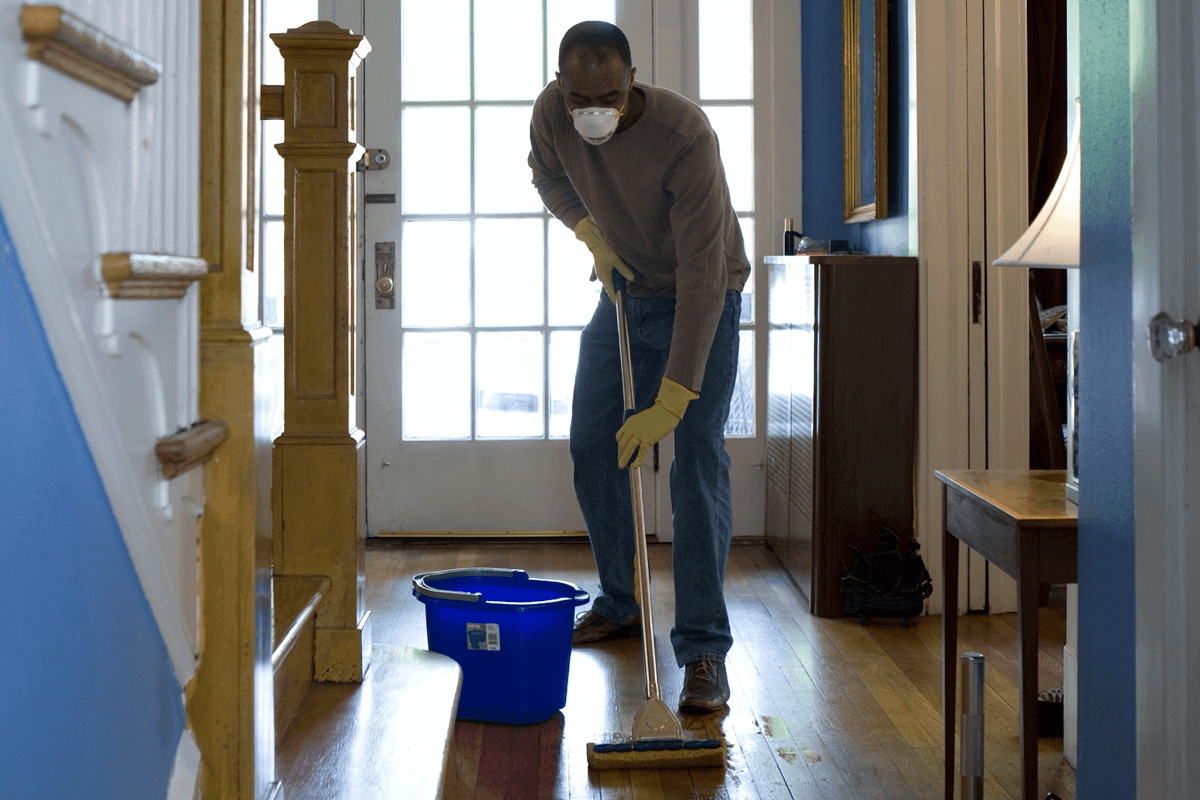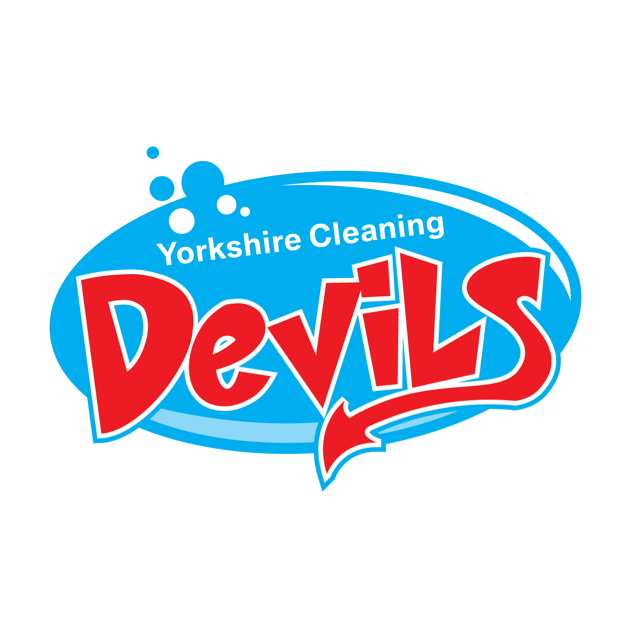

Although there’s still a lot to learn about the novel coronavirus COVID-19 we currently know that COVID-19 and similar coronaviruses causing SARS and MERS spread from person to person within 2 metres via respiratory droplets. Transmission of COVID-19 to persons from surfaces contaminated with the virus has not been documented, but that doesn’t mean we shouldn’t keep our homes clean. There is evidence that COVID-19 may remain on different types of surfaces for hours or days.
Our cleaning guide is for households where no one has been infected by the virus. This cleaning guide is about preventative cleaning and following basic hand hygiene during this pandemic.
A new study published in the New England Journal of Medicine suggests that the virus that causes COVID-19 is detectable for:
The best practice to prevent COVID-19 and other viral respiratory illnesses in your home is to deep clean your home, including visibly dirty surfaces followed by disinfection even if nobody in your household is sick.
Cleaning and disinfecting your home go hand in hand when aiming to limit the virus in your home. You should clean first and then disinfect.
Cleaning removes germs, dirt and impurities from surfaces. Although cleaning doesn’t kill germs when you lower the number of germs, you also lower the risk of spreading infection. Wipe down surfaces with soapy water or use a cleaning spray and clean cloth.
Disinfecting uses chemicals to kill germs on surfaces and by killing germs on surfaces after cleaning you can further lower the risk of spreading infection. Use disinfecting wipes or spray to wipe down surfaces.
Add these two steps to your daily routine and lower the risk of infection. If you can’t get disinfecting wipes or spray, clean all surfaces thoroughly using your current cleaning supplies.
Don’t just clean and disinfect once a week or fortnight as you normally would. Clean and disinfect frequently used surfaces daily, especially if anything or anyone has entered or left your home. Think about all the things and surfaces that come into frequent contact with your hands and pay them particular attention when cleaning and disinfecting (e.g. your mobile phone or glasses)
Focus your cleaning and disinfecting efforts on the high traffic areas that could spread pathogens around your home.
Frequently touched areas in your home most likely include:
Don’t forget that sponges and cloths can spread germs too. You can either wash them at high temperatures after every use or throw them away and use new ones every time you clean.
Currently, there are no fully tested cleaning products that can kill COVID-19. The NHS and WHO guidelines suggest using standard domestic detergents and disinfectants to clean your home during the pandemic. Check if the cleaning product kills bacteria as well as viruses including influenza and human coronaviruses like Dettol surface cleaner. Follow the manufacturer’s instructions for best and effective results.
Household bleach mixed with water is an effective disinfectant and recommended by the NHS. To preserve the strength of the solution, you should mix a new one every time you want to use it. Spray the bleach solution onto surfaces and leave it working for at least one minute.
Bleach is a disinfectant and should be used on surfaces to disinfect them after they’ve been cleaned.
You can make a high, medium or low-level disinfectant by mixing different amounts of bleach with water. Don’t mix bleach with any other cleaning chemicals.
© Copyright 2024. Cleaning Angels LTD trading as Yorkshire Cleaning Devils